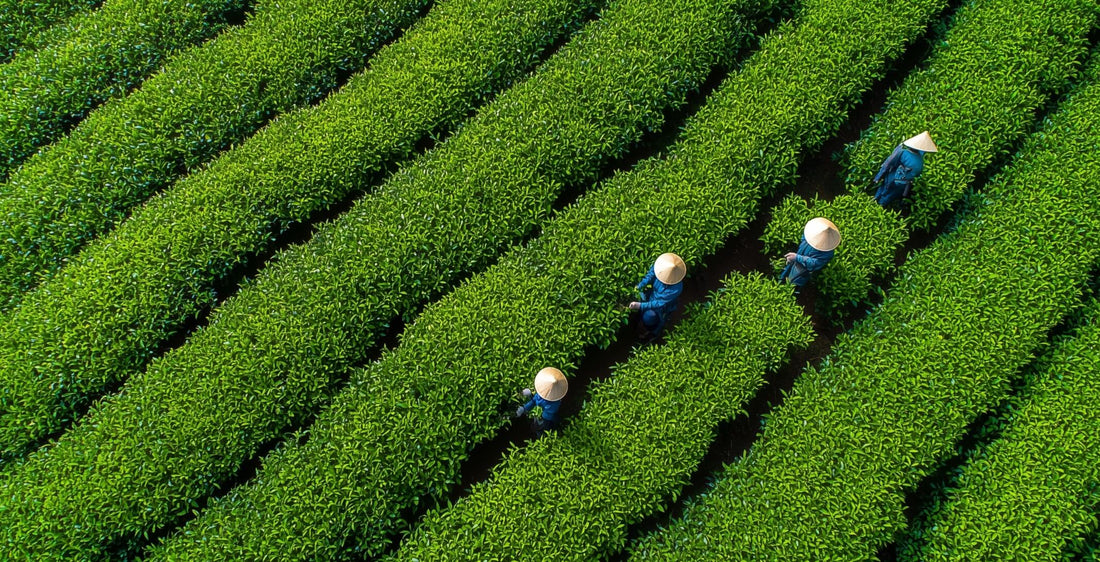
How Fire Processing Shapes Green Tea Quality: Aroma Types Explained
How Fire Processing Shapes Green Tea Quality: Aroma Types Explained
The Art of Chinese Green Tea Processing
As the oldest tea category with over 50% representation in China's Top Ten Famous Tea lists, green tea's spring harvest season sees fierce competition among premium varieties from Zhejiang, Anhui, Jiangsu, and other provinces. While Japanese matcha and sencha share similar processing roots, Chinese green teas distinguish themselves through meticulous fire control during drying - a critical factor determining aroma profiles and quality grades.

The Science Behind Tea Aromas
Four Key Aroma Profiles
Through sensory evaluation, we identify four distinct aroma types:
Chestnut Aroma (Top Grade): Balanced roast with sweet nutty undertones
Fresh Grass Aroma (Premium): Bright vegetal notes with spring harvest character
High-Fire Aroma (Commercial Grade): Intense roast masking natural flavors
Burnt Aroma (Subpar): Charred notes indicating over-processing
Fire Processing Impact Chart
| Processing Level | Color Evolution | Nutrient Retention |
|---|---|---|
| Light Roast | Vibrant jade green | 85-90% amino acids |
| Medium Roast | Olive green | 70-75% polyphenols |
| High Roast | Yellowish-brown | 40-50% chlorophyll |

Quality Degradation Patterns
Visual Indicators
Observe these changes across processing intensities:
- Leaf Integrity: Whole leaves → 30% broken → 60% fragments
- Liquor Color: Jade → Amber → Burnt umber
- Wet Leaf: Uniform green → Patchy discoloration
Flavor Chemistry
Laboratory analysis reveals:
Amino Acids: 4.2mg/g (Light roast) vs 1.8mg/g (High roast)
Polyphenols: 18% decrease per 10°C temperature increase
Chlorophyll: 70% degradation at 120°C+ temperatures
Expert Buying Guide
For Western consumers seeking authentic Chinese green tea:
- Prioritize FDA products
- Look for "Spring Harvest" designations (March-April)
- Avoid overly roasted varieties marketed as "toasty"
- Check leaf integrity - ≥80% whole leaves indicates proper processing
